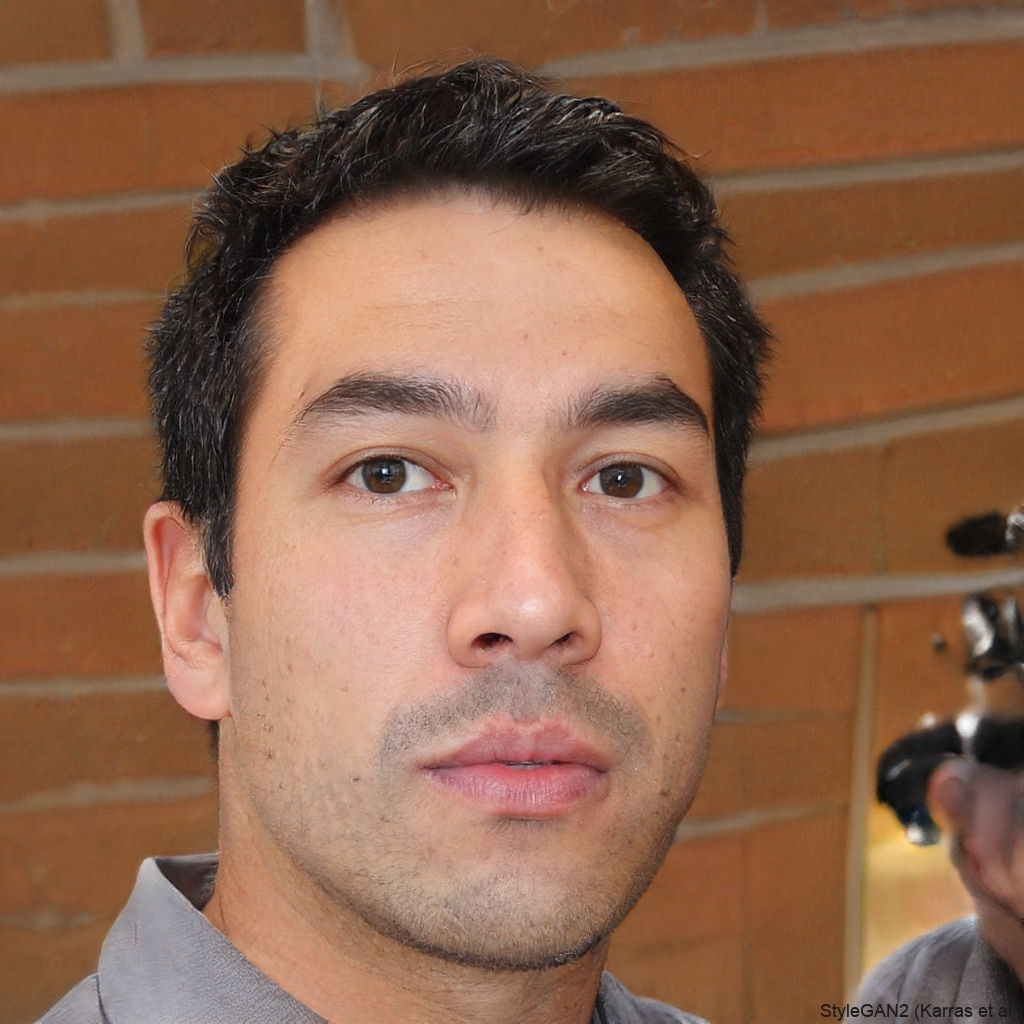Highlands Ranch homeowners can find themselves significantly inconvenienced by water softener problems. These vital plumbing system components serve to take out the problematic minerals (mostly calcium and magnesium) from the water supply. When it comes to convenience and helping with home plumbing systems, water softeners are the unsung heroes of the 21st century.
However, when these same water softeners begin to malfunction, homeowners can experience a variety of problems. They may notice low water pressure, their dishes may not get as clean as they once did, and after a nice long shower, their skin feels as dry and scaly as the "before" picture for a water softener commercial. When your water softener starts to go bad, it's crucial to figure out what the problem is pronto and head to the nearest home repair store to grab parts to fix the softener.
A frequent type of water softener repair in Highlands Ranch is for salt issues. Salt bridges form when salt and water do not mix well. In the salt bridge, a thick crust forms in the brine tank, which then does not allow the salt to mix well with the water. Without the salt and the water mixing correctly, there is no correct brine solution being made, and that leads to your having hard water coming through your pipes. If the brine line is clogged, you are in the same situation because the brine line is what allows the brine solution to flow into the resin tank. In either event, the water softener cannot do its job, and professional technicians are necessary to repair the softener and to diagnose impressive issues of salt.
In Highlands Ranch homes, the mechanical and electrical parts of water softeners may require repair. The control valve, which directs water flow into the softener and is responsible for initiating and stopping the regeneration process, is critical. If this component fails, the softener will not work properly. The resin bed, which is where the actual softening takes place, can also have problems. A bed that is exhausted or fouled won't do the job, and sometimes the resin is too far gone to allow the bed to be cleaned and reused. The electrical system of the softener is also a suspect if it seems like the softener itself is not working right. The timers, motors, and other components of this system have to work together and in harmony for the softener to operate correctly. When these parts fail, the softener won't work and may give the appearance of needing to be replaced when it might just need a good cleaning and some new electrical parts to implement the regeneration cycle properly.










